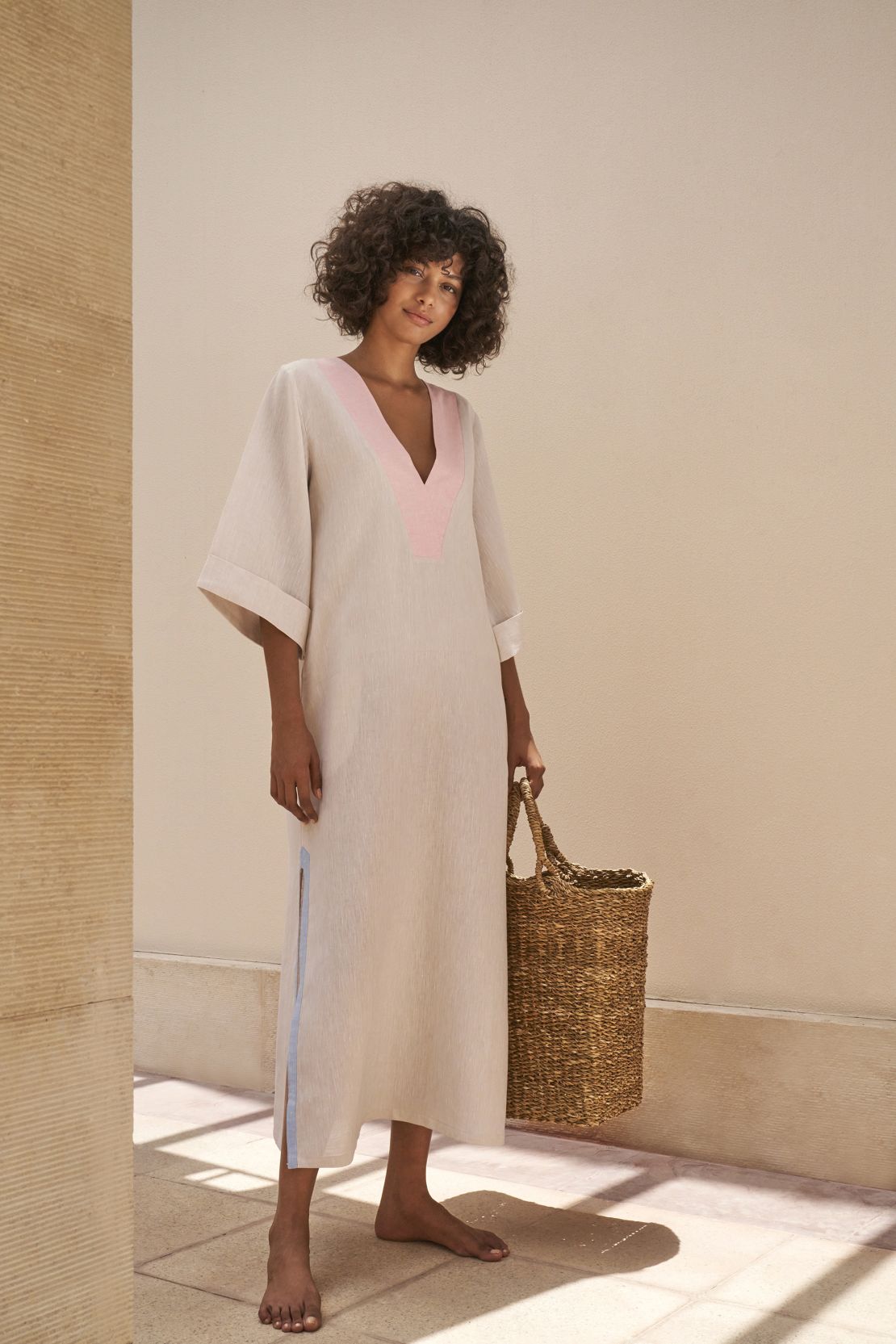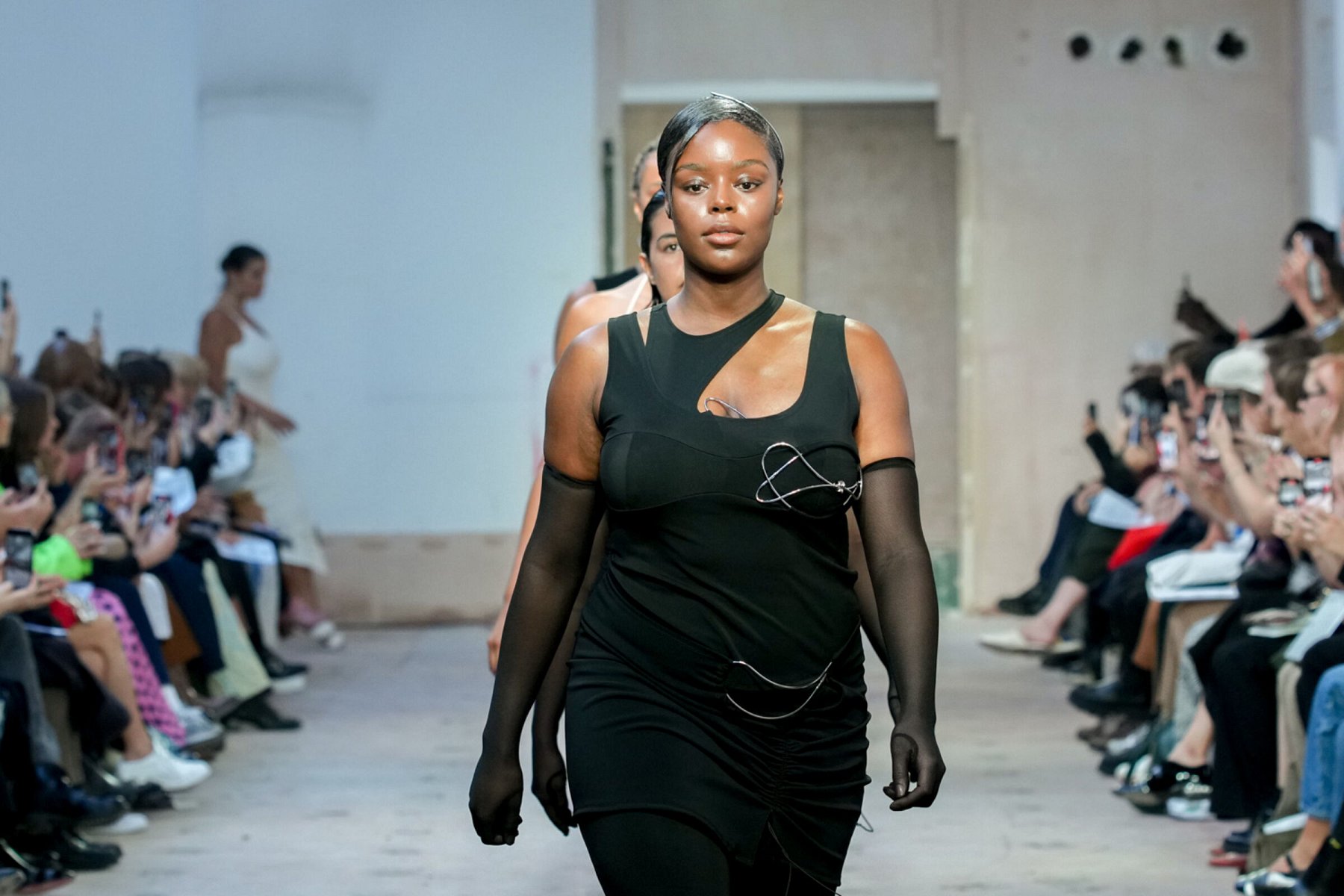Discover Standard and Modern Eastern Wear Pakistan Collections Online
Discover Standard and Modern Eastern Wear Pakistan Collections Online
Blog Article
Unlock the Secrets of Timeless Eastern Use
Exploring the enigmatic realm of classic Eastern wear digs right into a realm where history, virtuosity, and culture merge to produce garments that go beyond plain textile and string. The intricate tapestry of custom intertwined with modern components supplies a glance into a world where every stitch tells a story, every motif an icon of value. Unveiling the secrets behind these productions unveils a tapestry of heritage waiting to be unwinded, inviting one to trip via the aerial elegance and mystique of Eastern style.
Background of Eastern Fashion
The history of Eastern fashion days back centuries, showing the abundant social heritage and customs of varied regions across Asia. Each area flaunts its unique styles, textiles, and designs that have actually been influenced by elements like environment, faith, social condition, and trade courses. eastern wear pakistan. As an example, the detailed silk garments of China represent beauty and sophistication, while the vibrant saris of India display a kaleidoscope of colors and patterns.
In Japan, the bathrobe has been a symbol of custom and improvement for generations, with various designs worn for different celebrations. The history of Eastern fashion is a tapestry of innovation and custom, mixing ancient methods with modern influences to develop a dynamic and ever-evolving sector.
Relevance of Standard Outfit
Standard outfit works as a cultural symbol, symbolizing the worths, ideas, and heritage of areas in Eastern cultures. eastern wear pakistan. These garments are not just pieces of fabric but are symbolic representations of the abundant background and traditions passed down through generations. In Eastern cultures, conventional clothes plays a significant role in ceremonies, events, and day-to-day live, showing the social status, regional associations, and even marriage status of people
The value of traditional attire goes past looks; it is a means for individuals to link with their origins and express pride in their cultural identity. Each garment, from the intricate sarees of India to the moving hanboks of Korea, brings with it a narrative of craftsmanship, significance, and significance that is deeply ingrained in the textile of society.
Moreover, standard attire works as a visual language, connecting stories of triumph, unity, and resilience. By putting on these garments, individuals not only honor their heritage but also contribute to the conservation and party of their social legacy.
Development of Eastern Embroideries
Eastern needleworks have a rich background that spans centuries and have actually continuously advanced to include varied cultural impacts and respond to moving creative trends. The advancement of Eastern embroideries can be mapped back to old civilizations where intricate layouts were hand-stitched onto fabrics making use of conventional strategies.

Today, Eastern embroideries continue to advance, mixing typical helpful resources craftsmanship with modern design sensibilities to create timeless pieces that celebrate the appeal of social variety and artistic development.
Elegant Fabrics in Eastern Use
Lavish textiles play a pivotal role in raising the visual charm and top quality of Eastern wear, enhancing the general attraction and class of typical garments. Eastern wear is renowned for its opulent fabrics that not just show the area's abundant cultural heritage however also symbolize sophistication and elegance. Silk, a fabric synonymous with luxury, is frequently used in crafting Eastern attire, passing on a shiny sheen and a soft, smooth texture. The fine strings of silk not only curtain beautifully but likewise add a touch of extravagance to clothing.
In addition to silk, materials like velvet, brocade, and chiffon are likewise typically included in Eastern wear. These extravagant fabrics not just raise the aesthetic allure of Eastern wear however also make sure a feeling of improvement and elegance that goes beyond time.
Incorporating Eastern Style Today
In modern fashion landscapes, the assimilation of Eastern affects offers an unified fusion of cultural heritage and contemporary appearances. Developers and fashion fanatics alike are welcoming the abundant tapestry of Eastern fashion, integrating standard aspects right into modern-day shapes and styles. From elaborate embroidery to elegant fabrics and vibrant shades, Eastern style today uses a varied variety of choices that cater to a global target market.
One means Eastern style is making its mark in modern wardrobes is through the adaptation of typical garments such as the kimono, saree, or qipao into day-to-day wear. These items, when reserved for unique celebrations, are currently reimagined in more casual forms, enabling their incorporation into everyday fashion selections. In addition, the usage of traditional patterns and motifs in Western-style apparel includes a touch of unique elegance to modern-day outfits.

Verdict
In verdict, checking out the abundant background, significance, and development of Eastern fashion informative post unveils an ingrained connection to heritage and values. The elegant fabrics and detailed needleworks of Eastern use display the versatility and eternity of conventional designs. Including Eastern influences in modern fashion permits a fusion of custom and development, developing a harmonious equilibrium between the past and the existing.
Glamorous textiles play an essential find out role in raising the visual charm and top quality of Eastern wear, improving the total appeal and sophistication of standard garments. Designers and fashion enthusiasts alike are accepting the abundant tapestry of Eastern fashion, integrating traditional aspects into modern-day silhouettes and designs. From elaborate embroidery to glamorous textiles and dynamic colors, Eastern fashion today uses a diverse range of alternatives that provide to a worldwide audience.
One way Eastern fashion is making its mark in contemporary wardrobes is through the adaptation of typical garments such as the robe, saree, or qipao into daily wear. The luxurious fabrics and elaborate needleworks of Eastern use showcase the versatility and timelessness of traditional designs.
Report this page